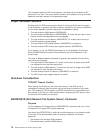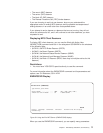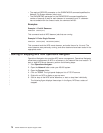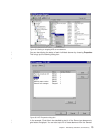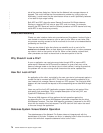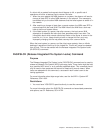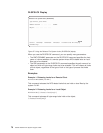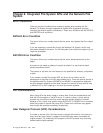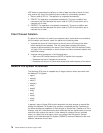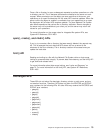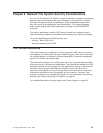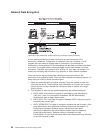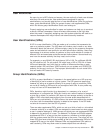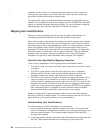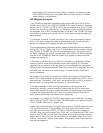
UDP does not guarantee the
delivery
or
order
of data returned to clients. A client
may receive any one of the following return codes for a successful operation:
1. Return code=0 (RC=0). The operation is completed successfully.
2. EEXIST. The operation is completed successfully. This error condition was
returned to the client because the return code of 0 (RC=0) was either lost or
received out of order.
3. ENOENT. The operation is completed successfully. This error condition was
returned to the client because the return code of 0 (RC=0) was either lost or
received out of order.
Client Timeout Solution
To reduce the confusion of receiving unexpected return codes and error conditions
for file creation and removal, users can perform the following tasks:
1. Increase the period of client timeout so that the client will timeout less often
when making server requests. This will cause fewer repeats of the same
request to be transmitted to the server. See “Directory and File Attribute Cache”
on page 13 for more details on client timeout and mount command options that
determine timeout.
2. Increase server throughput in the following ways:
v Start more NFS server daemons (NFSD) to handle client requests
v Decrease the load of requests on the server
v Decrease the amount of clients who access and make requests of the server
Network File System Differences
The following APIs have an updated set of usage notes for when users work with
the Network File System:
v open()
v create()
v mkdir()
v access()
v fstat()
v lseek()
v lstat()
v stat()
v read()
v write()
v fcntl()
In general, users of these APIs should remember that local access to remote files
through the Network File System may produce unexpected results. Conditions at
the server dictate the properties of client access to remote files. Creation of a file or
directory may fail if permissions and other attributes that are stored locally are more
restrictive than those at the server. A later attempt to create a file can succeed
when you refresh the local data or when you remount the file system. Several
options on the Add Mounted File System (ADDMFS) command determine the time
between refreshes of local data.
78 OS/400 Network File System Support V4R4



